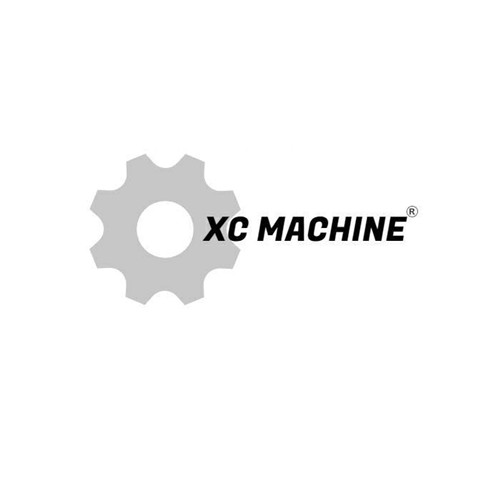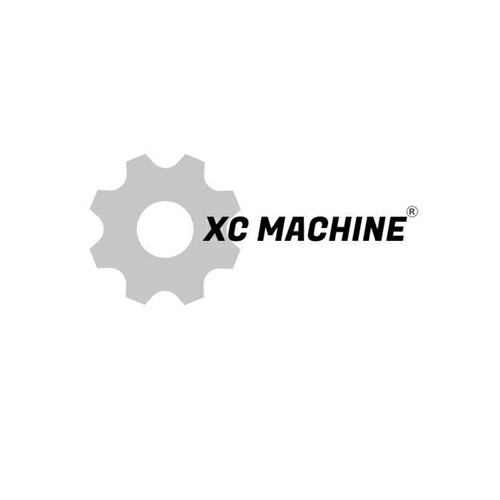How does the excavator clean the cooling system?
How does the excavator clean the cooling system?
Fuel has always been one of
the problems that plague the bosses. In addition to various filtering measures,
the fuel tanks need to be cleaned regularly to reduce the burden on the
filtration system. Here, we will share the cleaning method of the fuel tank and
the water tank. In addition, when it comes to cleaning, the engine cooling
system needs to be cleaned. It will also be introduced here.
The easiest thing is to have a small
air compressor ready. Fuel is released during cleaning, but be careful not to
let it go, leaving some fuel. Then, the compressed air is passed through the
plastic pipe to the bottom of the fuel tank, so that the diesel is continuously
tumbling to achieve cleaning. In this process, the position and direction of
the gas pipe are constantly changed, so that the entire fuel tank is cleaned.
Immediately after purging, the fuel tank is emptied so that impurities
suspended in the oil flow out with the diesel fuel. If the outflowing diesel
oil is dirty, it needs to be cleaned again by the above method until the
released oil contains no impurities.
Steam cleaning is better, but only
for qualified conditions. If steam is available, follow the steps below. Before
cleaning, you need to drain the diesel oil, remove the fuel tank, and then fill
the tank with a large tank of water, and introduce the steam from the fuel
filler into the water to make the water in the tank boil. It takes about one
hour. At this time, the gum and various impurities adhering to the inner wall
of the tank are dissolved in water or peeled off from the wall. Rinse the tank
thoroughly twice in a row.
Another common method is solvent
cleaning. The chemical used is sodium hydroxide (commonly known as caustic or
caustic). First clean the tank with hot water, then blow dry with compressed
air, then dip the aqueous solution containing 10% sodium hydroxide into the
tank, and finally rinse the inside of the tank with clean water.
Sodium hydroxide is
also required for cleaning the engine water tank cooling system. After the
engine is turned off, wait until the temperature drops, drain the coolant, fill
the 15% sodium hydroxide solution, wait 8 to 12 hours, start the engine, wait
until the temperature rises to 80-90 degrees, stop the cleaning solution, and
immediately release the cleaning solution to prevent Scale precipitation. Then
wash with water until it is washed.
Some cylinder heads are made of aluminum
alloy. At this time, the cleaning liquid can be prepared according to the ratio
of sodium silicate (commonly known as soda ash) 50 g, liquid soap 20 g, water
10 kg, and added to the water tank cooling system for about one hour. Release
the cleaning solution and wash it with water.
Please note:
Excessive looseness of the engine fan belt
can result in heat and poor charging of the equipment, as well as early wear
and tear on the belt. Too tight a belt can cause damage to the pump, generator,
and air compressor. Please check the tension of the fan belt every 250 hours
(50 hours for the first time)!
Inspection method: After the engine is
stopped, press down on the center position of the fan wheel and the generator
pulley. Generally, when the pressure is 10kg, the sag of the belt should be
10mm. The specific model may have different pressing pressure, which is subject
to the pressure required by the actual model.
Precautions when servicing the excavator
cooling system:
(1) When the machine is working in a dusty
area, it is diligently maintained;
(2) Fill the radiator with soft and pure
tap water or bottled water, and do not use river water;
(3) Do not add anti-rust agent when using
antifreeze;
(4) Do not mix antifreezes of different
brands;
(5) When replacing the cooling water,
release all the pressure in the water tank before removing the cover.


